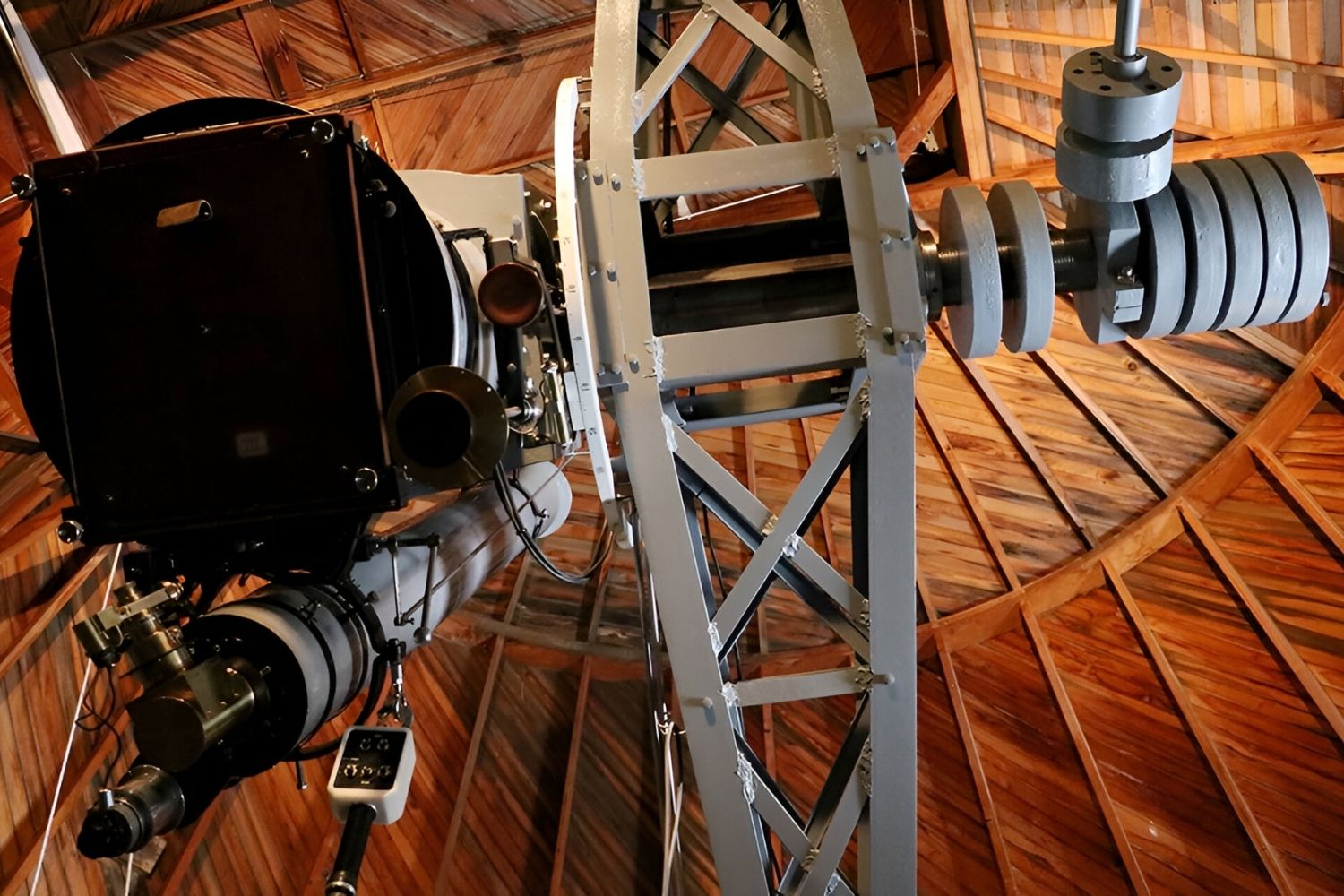Flagstaff’s Secret Spot Where Pluto Was Found

Flagstaff, Arizona, might not be the first place that comes to mind when thinking about space exploration, but this charming city holds a special place in astronomical history. It was here, at the Lowell Observatory, that Pluto was discovered in 1930. This observatory, perched on Mars Hill, offers visitors a chance to step back in time and witness where this monumental discovery took place. With its clear skies and high elevation, Flagstaff provides an ideal setting for stargazing and learning about the universe. Whether you're a space enthusiast or just curious about the cosmos, this hidden gem offers a unique glimpse into the past. Explore the telescopes, learn about the astronomers who worked tirelessly, and maybe even catch a glimpse of the stars that inspired them. Flagstaff invites you to experience a piece of history that changed our understanding of the solar system forever.
Discovering Pluto's Origins in Flagstaff
Flagstaff, Arizona, is more than just a gateway to the Grand Canyon. It's a place where history and science intersect, especially at the Lowell Observatory. This is where Pluto was first spotted, and the area is filled with hidden gems that tell the story of this celestial discovery. Let's explore these fascinating spots.
Lowell Observatory: Where Pluto Was Found
The Lowell Observatory is the crown jewel of Flagstaff's astronomical history. Founded in 1894, it played a pivotal role in the discovery of Pluto. Here are some must-see spots at the observatory:
Pluto Discovery Telescope
This is the very telescope used by Clyde Tombaugh in 1930 to identify Pluto. It's a piece of history that still stands proud, offering visitors a glimpse into the past.Rotunda Museum
Dive into the history of the observatory and its contributions to astronomy. The museum showcases artifacts and exhibits related to Pluto's discovery.Giovale Open Deck Observatory
Experience modern stargazing with state-of-the-art telescopes. This spot offers breathtaking views of the night sky, connecting past discoveries with present-day exploration.
Exploring Flagstaff's Celestial Connections
Beyond the observatory, Flagstaff is rich with sites that celebrate its astronomical heritage. These places offer a deeper understanding of the area's connection to the stars.
Flagstaff's Dark Sky City Designation
Flagstaff was the world's first International Dark Sky City. This designation highlights the city's commitment to preserving its night skies, making it an ideal place for stargazing.Meteor Crater
Just a short drive from Flagstaff, this massive crater offers insight into the impact events that shape our solar system. It's a natural wonder that complements the story of Pluto's discovery.Coconino National Forest
This vast forest provides a serene backdrop for night sky viewing. Its expansive landscapes and clear skies make it a favorite spot for astronomers and nature lovers alike.
Flagstaff's Cultural Ties to Astronomy
Flagstaff's connection to the stars isn't just scientific; it's cultural too. The city embraces its astronomical heritage through various cultural sites and events.
Flagstaff Festival of Science
This annual event celebrates science and discovery, with a focus on astronomy. It's a great opportunity to learn more about Pluto and other celestial phenomena.Museum of Northern Arizona
Explore exhibits that highlight the region's natural and cultural history, including its ties to astronomy. The museum offers a comprehensive look at how the stars have influenced local culture.Flagstaff Star Party
Join fellow stargazers for an evening under the stars. This community event brings together astronomy enthusiasts to share their love for the night sky.
Flagstaff is a treasure trove of astronomical history and culture. From the discovery of Pluto to its dark sky designation, the city offers a unique blend of science and wonder. Whether you're an astronomy buff or just curious about the stars, Flagstaff has something special to offer.
Discovering Pluto's Legacy in Flagstaff
Flagstaff holds a special place in the story of Pluto's discovery. Lowell Observatory, where Clyde Tombaugh first spotted the distant planet, offers a unique glimpse into the past. Visitors can see the historic telescope used for this groundbreaking find. The observatory's programs and exhibits make learning about astronomy fun and engaging. Flagstaff's clear skies and high elevation create perfect conditions for stargazing, making it a must-visit for space enthusiasts. Beyond the observatory, the town's charm and natural beauty add to the experience. From hiking trails to cozy cafes, Flagstaff has something for everyone. Whether you're a history buff or just curious about the universe, this Arizona town invites you to explore its celestial wonders. Visiting Flagstaff not only connects you to Pluto's discovery but also to the broader mysteries of the cosmos.

